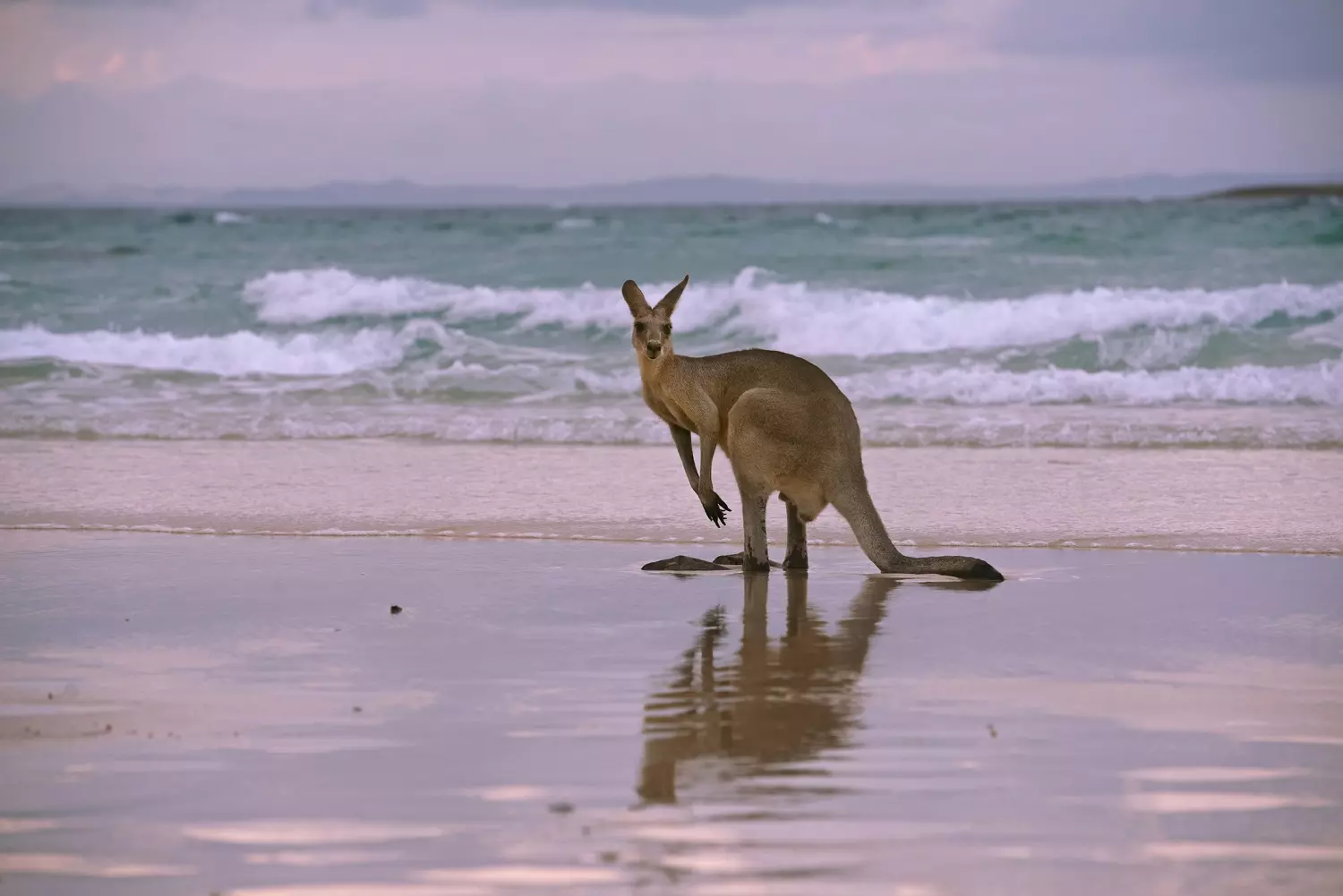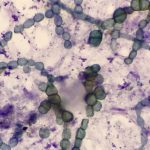[Originally published as Post Flood Migration of Mammals]
Why do kangaroos live only in Australia, but there is a variety of cats across the globe? Why are hippos only native to Africa, but their fossils are found all over the globe? The study of animal migration and distribution is an interesting topic. When thinking about the distribution of animals across the planet, there are a few things to keep in mind:
- According to the secular view, most animals evolved and migrated when primitive people were just hunters and gatherers. Animal Migration must be explained without the aid of humans.
- According to the secular view, mammal fossils show a continuous timeline of where animals lived.
- According to the Bible, people and animals were created on the same day and man farmed and ranched from the beginning.
- According to the Bible, all life on land died during the Flood except for those on the ark. Therefore, all animals and man living on earth today descended from those that migrated from Turkey.
Because the worldview is different, the theories about migration will also be different. It is important when starting with a biblical worldview to realize theories might not, and should not, mesh with secular ideas.
Furthermore, because fossils are from another time period (animals who died during the Flood) their location is not pertinent to the migration of post-Flood mammals. Fossil formation requires a unique set of environmental components that were met during the Global Flood. Dead animals were quickly and deeply buried in wet mud, which allowed silica-rich water to soak into the bones. Just as roadkill is eaten or decomposes, so were any animals that died during post-flood migration. Migrating animals do not normally leave a fossil trail.
By starting with these biblical facts, we can make some logical deductions about migration:
- Every animal alive today is a descendant of those that were on the ark for a year with Noah and his family.
- Because some animals were designated as clean and were used as sacrifices, flocks and herds of clean animals were kept.
- After the Flood, Noah and his descendants were allowed to eat any kind of meat. They probably added meat animals like pigs to their herds.
- After the Flood, God warned Noah and his family that some kinds of animals would now be dangerous and that animals would fear man.
From this, we can deduce that the animals on the ark were unafraid and nonviolent. Otherwise, this warning would have been unnecessary. So God must have changed the nature of the animals. Wild animals would have been on their own to scatter after leaving the ark. The hunted scattered for safety measures while the hunters followed close behind.
Cats are territorial, skillful hunters. Their range would have quickly spread from the ark. With each generation, they would have fanned further apart. The gene pool would have become divided and isolated, giving rise to the different cat species we have today.
However, when you consider how Noah and his family had to rebuild civilization, it makes sense that they would have made every effort to keep all the animals that were useful for sacrifices, food, clothing, and work. Elephants were probably used to carry supplies from the ark to the new home site. Elephants, camels, and horses would have been useful for transportation as the people dispersed from the Tower of Babel. They, along with the other domesticated animals, would have migrated with the people by foot, wagon, or boat.
As the seventy different people groups [Listed in the Table of Nations, Genesis 10] dispersed, they took different types of animals with them. Not every people group raised the same animals. Just as today, some raise sheep, some horses, some camels, some goats, some reindeer, and some elephants, so different families at the Tower of Babel would have specialized their jobs and husbandry. When God confused their language, dividing the families into seventy nations, the migrating groups would have brought their animals with them.
Over time, some of these animals would have become wild in their new locations
Just as today, there are wild mustangs in the western states of the USA, wild camels in the outback of Australia, and wild hippos in Columbia, South America. All of which are descendants of animals purposefully brought to the new location by man.
In comparison, according to the secular view, there would need to be land bridges, vegetation rafts, and separating/connecting continents to explain mammal dispersal. But, from a biblical view, these are not necessary. For if Noah could build an ark, surely his descendants could build boats.
Boats are actually a better explanation than land bridges or rafts
If kangaroos had hopped from turkey to Australia by way of land bridges and rafts, they would have been followed by tigers.
What would have kept the tigers from also using the land bridges?
Tigers would have been much more stable on rafting vegetation than kangaroos. And if kangaroos hopped to Australia, some should have survived and stayed along the route. Why do kangaroos live only in Australia and not in India? There should have been some stragglers left along the land route. But, if they were transported by boat to Australia, then that would be the place they would be native today. With vegetative rafts, they would have needed fresh water and food for the journey and the motivation to climb onto the raft.
There is another side to the discussion. Animal distribution is used to determine endangerment. Today the secular scientists are quick to point to climate change and man as being the cause of mammal endangerment.
For instance, they find a prolific amount of tapir fossils (similar to wild pigs) on nearly every continent, but the four species alive today live in only four specific, isolated locations. They are only found in:
- tropical South America,
- southern Mexico and Central America,
- the Andes mountain range of South America,
- and on the opposite side of the globe on the Thailand peninsula to the island of Sumatra.
They say tapirs are a prime example of an endangered mammal. The fossils prove they used to live all over the world, but now due to climate change and man, their population has shrunk to these isolated locations.
But, when viewed from a biblical perspective, a totally different picture emerges. Millions of tapirs, like all other land mammals, died during the Flood and were fossilized. Only two survivors were on the ark. They could have been useful to man for leather and meat and might have been kept and transported to different locations as man migrated from the Tower of Babel. The tapir population today grew from the two survivors on the ark.
So, the present-day distribution of mammals can either be used as evidence of endangerment by climate change and man, or as post-flood re-population after the mass destruction of life during the Global Flood.







